MetaBands M4
- Indicatori
- Vahidreza Heidar Gholami
- Versione: 1.9
- Aggiornato: 21 settembre 2023
- Attivazioni: 10
MetaBands uses powerful and unique algorithms to draw channels and detect trends so that it can provide traders with potential points for entering and exiting trades. It’s a channel indicator plus a powerful trend indicator. It includes different types of channels which can be merged to create new channels simply by using the input parameters. MetaBands uses all types of alerts to notify users about market events.
Features
- Supports most of the channel algorithms
- Powerful trend detection algorithm
- Capability to merge different types of channels
- Multi-Timeframe and Multi-Currency (Signal Matrix)
- All types of alerting functions (Sound, Screen Flasher, Push Notifications, Email, Popup, Arrows)
- It never repaints
Trend Detection
MetaBands detects trends using a blue line which oscillates inside a channel. When the line meets the upper band of the channel, it indicates the start of a downtrend, and likewise when it meets the lower band it indicates the start of an uptrend. If the blue line moves close to the center line, the market is in consolidation.
This indicator uses a unique method to detect trends. It may seem complicated at first, but if you watch the video tutorial, you will realize how powerful and easy it is. I am always exploring new ideas to predict market trends, and whenever I discover a new effective method or algorithm, I incorporate it into the product. Your support is appreciated, and I hope to continue developing this unique offering.
Entry and Exit Signals
When the trend changes or the price crosses the upper or lower bands MetaBands immediately alerts the trader through different methods which can be enabled in the indicator settings.
Signal Matrix
To monitor multiple symbols from different timeframes and see the signals all in one place, click the upper right button or press M on your keyboard to open the Signal Matrix. This Matrix gives you a quick overview of what’s going on in the selected symbols and timeframes. Use the lower left box to add more symbols to the matrix. Write the name of a symbol and press enter to add it. You can also use regular expressions. For example, if you need to add all symbols that start with USD write usd* and press enter. To browse through history, click the _|_ button and hold down the ctrl key then move your mouse around to see the matrix in different times.
Input Parameters
Channel Type
MetaBands uses different algorithms to draw its base channel. Average True Range, Standard Deviation and regression algorithms. The inputs which have to be adjusted for the selected type are also included in the name of the channel type. Please feel free to contact me if you have ideas for adding to this list.
Period
Maximum window size. This input is a multi-input field which allows you to combine multiple channels into one single channel. For example, if you select ATR for the channel type and enter 100, 50, 100r, 80s, it will combine the four channels. The first "100" and "50" channels are of the type ATR, the third one is a 100 REG channel and the last one is a 100 STD channel. So, you can specify the type by writing the first letter of the name of the channel type at the end of each period.
Degree
Specifies the type of the moving averages used by a channel. 0 = SMA, 1 = EMA, 2 = Double EMA, 3 = Triple EMA, 4 = Quadruple EMA, 5 = Quintuple EMA and so on.
Deviation
Deviation from the center line. This input is equivalent to the deviation input in the Bollinger Bands indicator
Alpha
Defines the behavior of the trend detection algorithm. The bigger the Alpha the faster the Trend line moves. To get a relatively faster trend line, use a negative value for Alpha. A negative Alpha makes the algorithm to predict the future of the price, that’s why it's faster.
Smart Trend
Smart Trend algorithm automatically adjusts the alpha internally to cancel the trend noises. The initial value of Alpha is important.
Smooth [Period, Degree]
It’s a multi-input field for smoothing the channel. A single value will be an SMA. You can write a comma and enter another value for the degree of the smoothing method. For example, the input 100,2 tells the indicator to use a Double EMA with period 100 to smooth the channel.
All input parameters listed in the name of each channel type are multi-input fields. Each field allows for multiple comma-separated values to be entered. For example, if Period = 100, 50, 25, 12 then you may enter 3,2,1 for the Degree. As you noticed the number of degrees is less the number of periods (channels); in this case MetaBands uses the last degree for the rest of the channels.
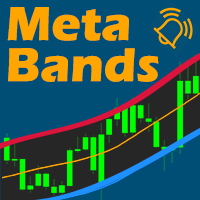
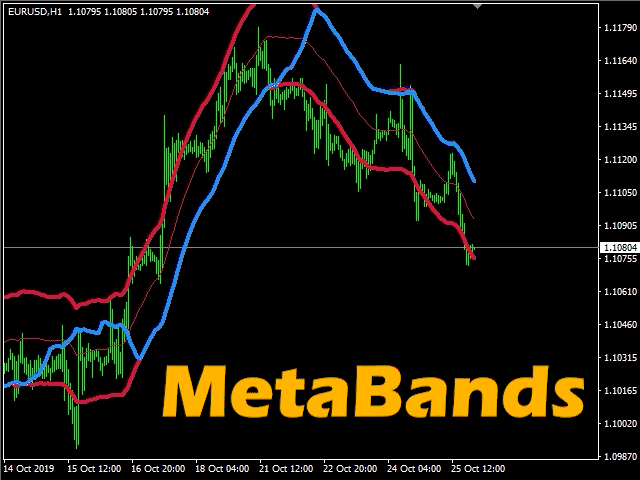
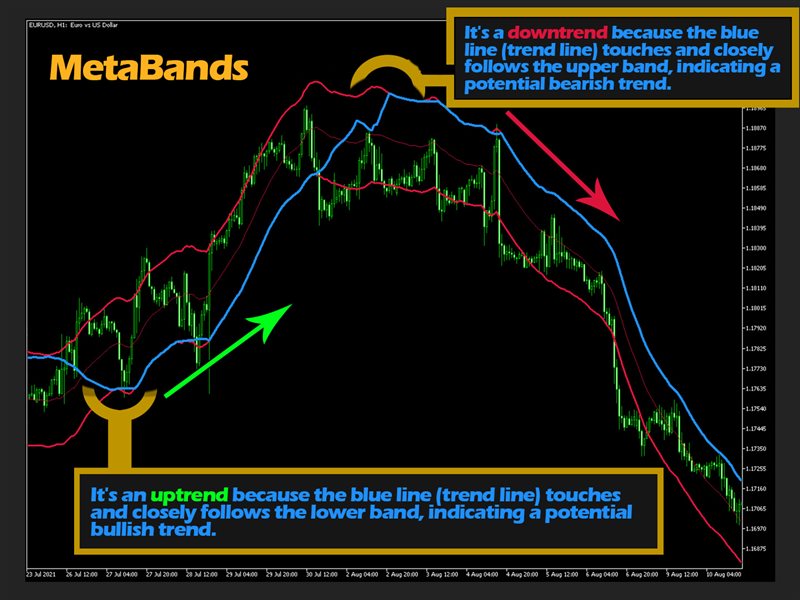
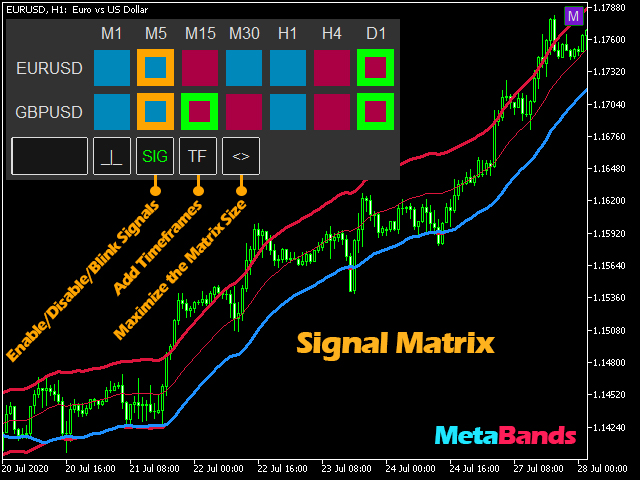
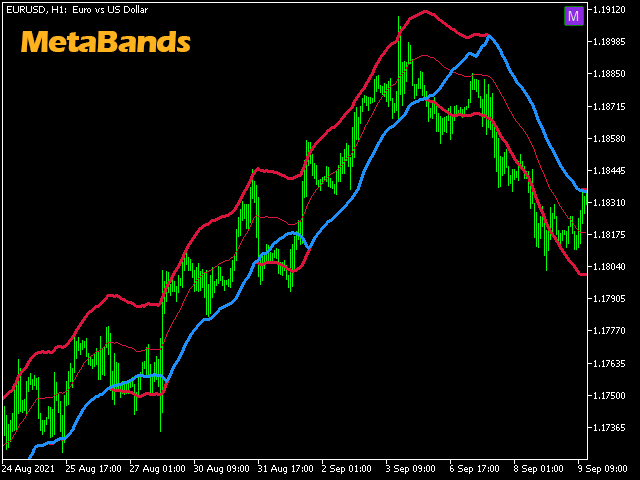
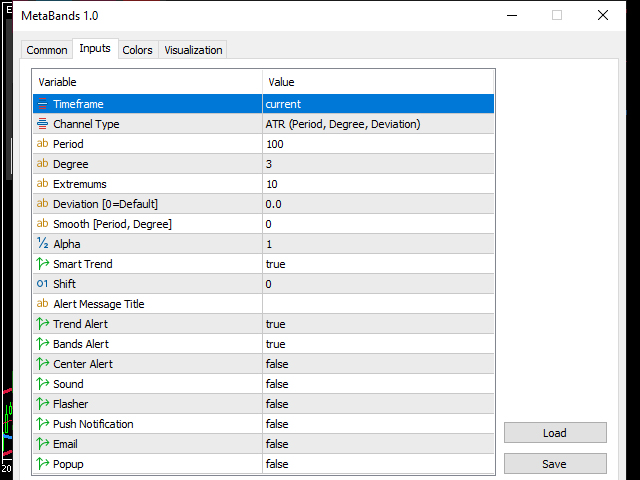

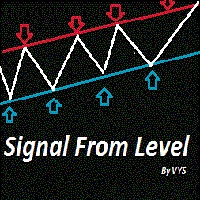

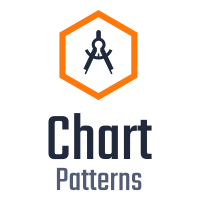
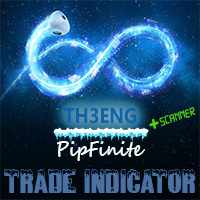
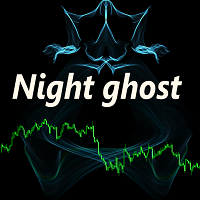

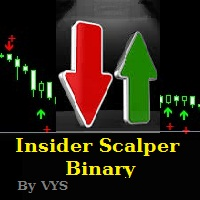

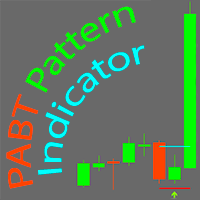






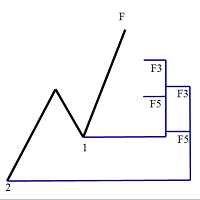
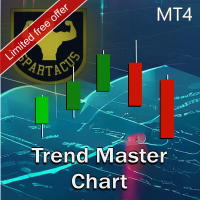
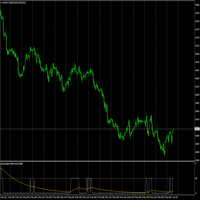
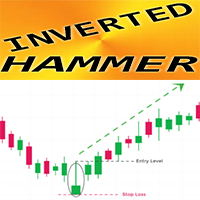

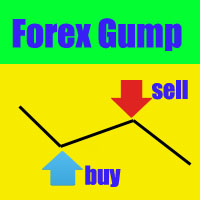
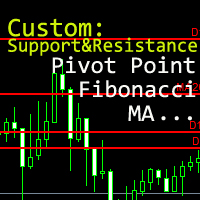



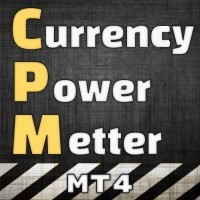
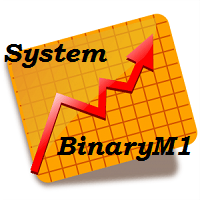


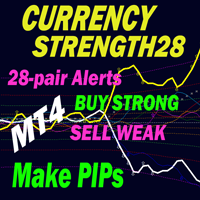
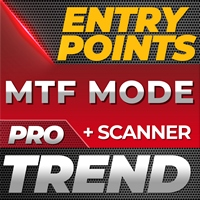
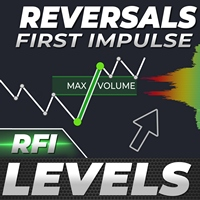
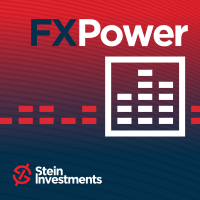

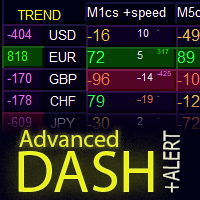
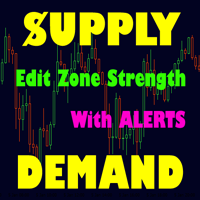
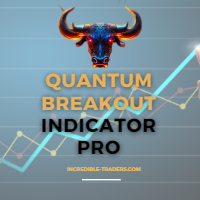

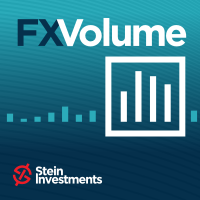
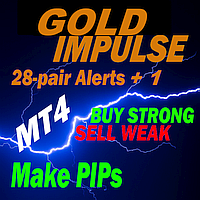
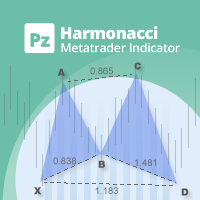

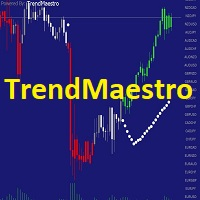
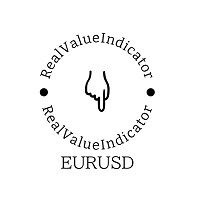
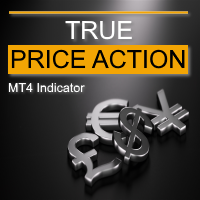



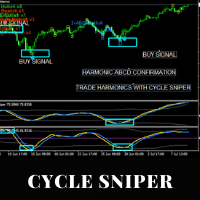
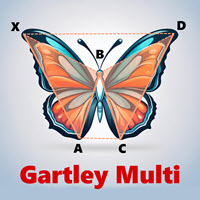

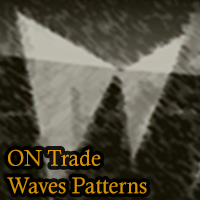
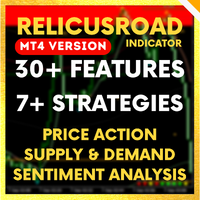
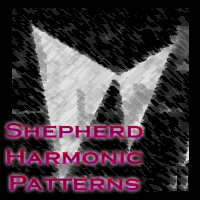
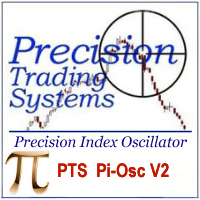
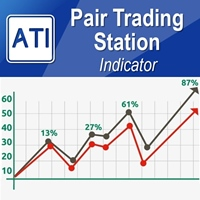
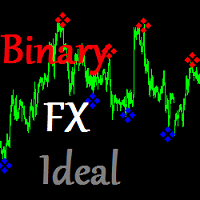


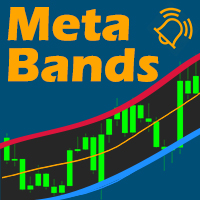


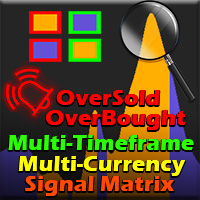



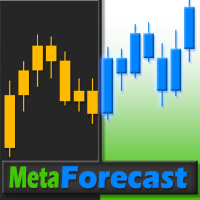


A very good indicator, one of my best purchases on the market, support at a high level